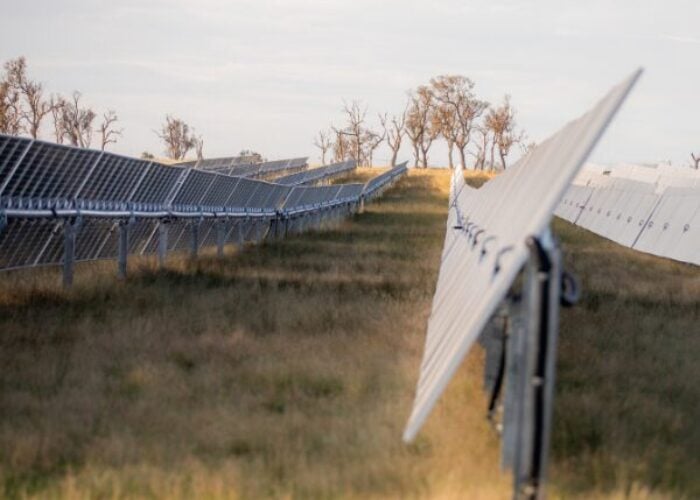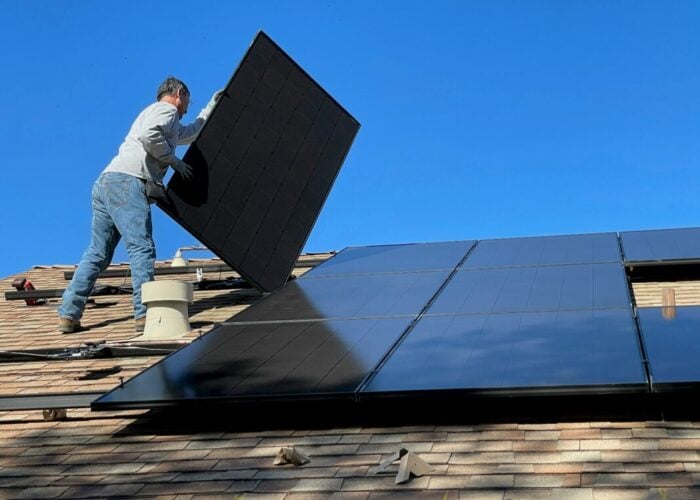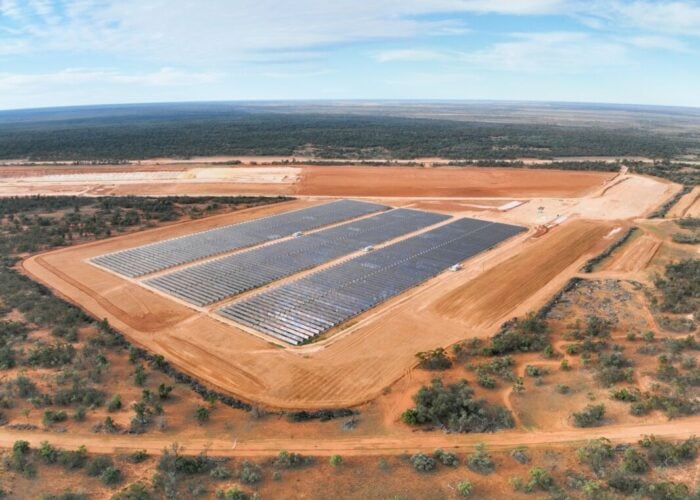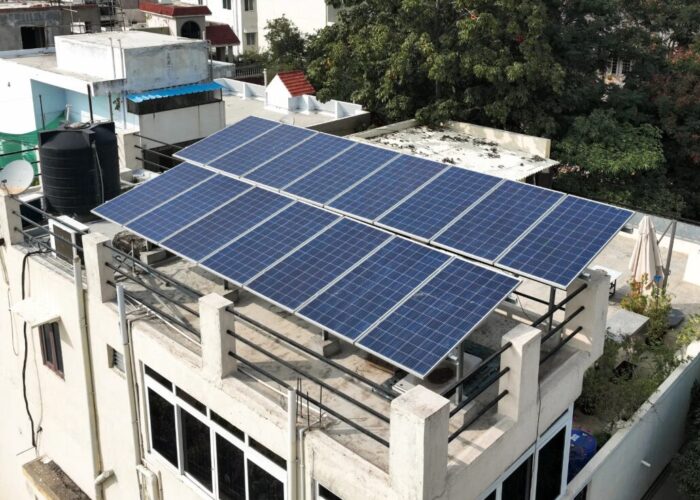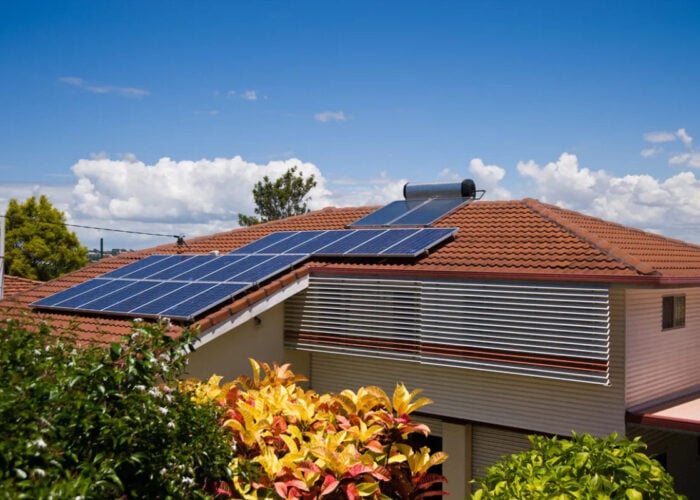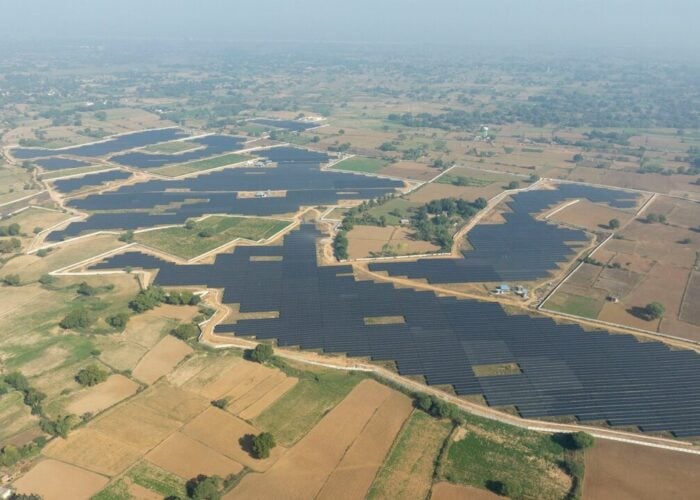Feed-in tariffs (FiTs) in Japan for solar PV systems have now been provisionally set by the national Ministry of Energy Trade and Industry (METI) for the next financial year, which begins in April.
The country has been preparing to graduate the market away from the premium-level incentives that started off at more than ¥40 per kWh (US$0.36) in 2013, when the programme was introduced to kick-start the market in the wake of the Great East Japan Earthquake of 2011 which resulted damage to Fukushima Daiichi nuclear power station.
Try Premium for just $1
- Full premium access for the first month at only $1
- Converts to an annual rate after 30 days unless cancelled
- Cancel anytime during the trial period
Premium Benefits
- Expert industry analysis and interviews
- Digital access to PV Tech Power journal
- Exclusive event discounts
Or get the full Premium subscription right away
Or continue reading this article for free
The subsequent shuttering of nearly all of Japan’s nuclear generation facilities has left an advanced industrial economy without many natural resources of its own highly dependent on expensive imported fuel.
While this mainly means liquefied natural gas (LNG) – many tanker trucks carrying the fuel are seen on Japan’s roads – and latterly on a turn back to coal generation which is expected to include a dependence on coal imported from Australia.
However, while wind energy has been slow to take off and other options such as geothermal appear a non-starter (despite abundant resources, local pressure means it is unlikely this will ever be popular) solar PV generation in particular is now becoming competitive with grid electricity.
The biggest market dynamic shift within the solar industry is the move away from the much-vaunted ‘mega-solar’, grid-scale projects that created many-gigawatt pipelines of projects, both completed and commissioned, as well as a large number that have gone unbuilt.
In a meeting yesterday with PV Tech / Energy-Storage.news, Izumi Kaizuka, a manager at Tokyo-based solar PV industry analysis and research firm RTS PV revealed and discussed the new FiTs and Japan’s industry dynamics for solar – and increasingly energy storage – for a feature article to be published in the forthcoming quarterly edition of PV Tech Power (Volume 22).
Dawn of third-party ownership – ‘Zero Yen Installation’
Going forwards, Kaizuka said that the emphasis on rooftop solar generation, both at residential and commercial and industrial (C&I) level will continue. The analyst said that the primary driver of the rooftop market is self-consumption, because of the reduced level of FIT while demand for renewable power is increasing for many companies. Many providers in the solar industry have now entered third-party owner models, known in the US as “no money down” deals, or in Japan as “Zero Yen Installation” business models.
Large-scale solar has quietened down as land suitable for ground-mounted development is now at a real scarcity, while developers and owners of that aforementioned unbuilt mega-solar pipeline have a deadline of March this year to make good on their feed-in tariff awarded projects, Kaizuka said.
Japan’s feed-in tariffs (FiTs) for the 2020 Japanese Financial Year (JFY2020)
| System size | Feed-in tariff rate (¥ per kilowatt-hour) |
|---|---|
| Systems below 10kW | 21 |
| Systems between 10kW and 50kW | 13 |
| Systems between 50kW and 250kW | 12 |
| Systems >250kW | N/A (competitive tender process held to determine prices) |
There is still to be a public hearing held next week, but it is understood that it is very unlikely for any alterations to occur as a result of that process.
Meanwhile, domestic FiTs actually began in 2009, for a 10-year contracted period. More than 500,000 of these residential tariffs have now expired, meaning that homeowners are targeting self-consumption of power with batteries, or looking to broker power purchase agreement (PPA) contracts with the many new retailers that have sprung up to serve Japan’s deregulated, or unbundled, electricity market.
It has long been planned that this next financial year will be the last in which FiTs are offered, meaning that Japan is seeking new ways to support the deployment of solar PV, with the government targeting more than 130GW by 2030.
Subscribe to and read the next issue of PV Tech Power, out towards the end of February in time for PV Expo in Tokyo, to learn more.

